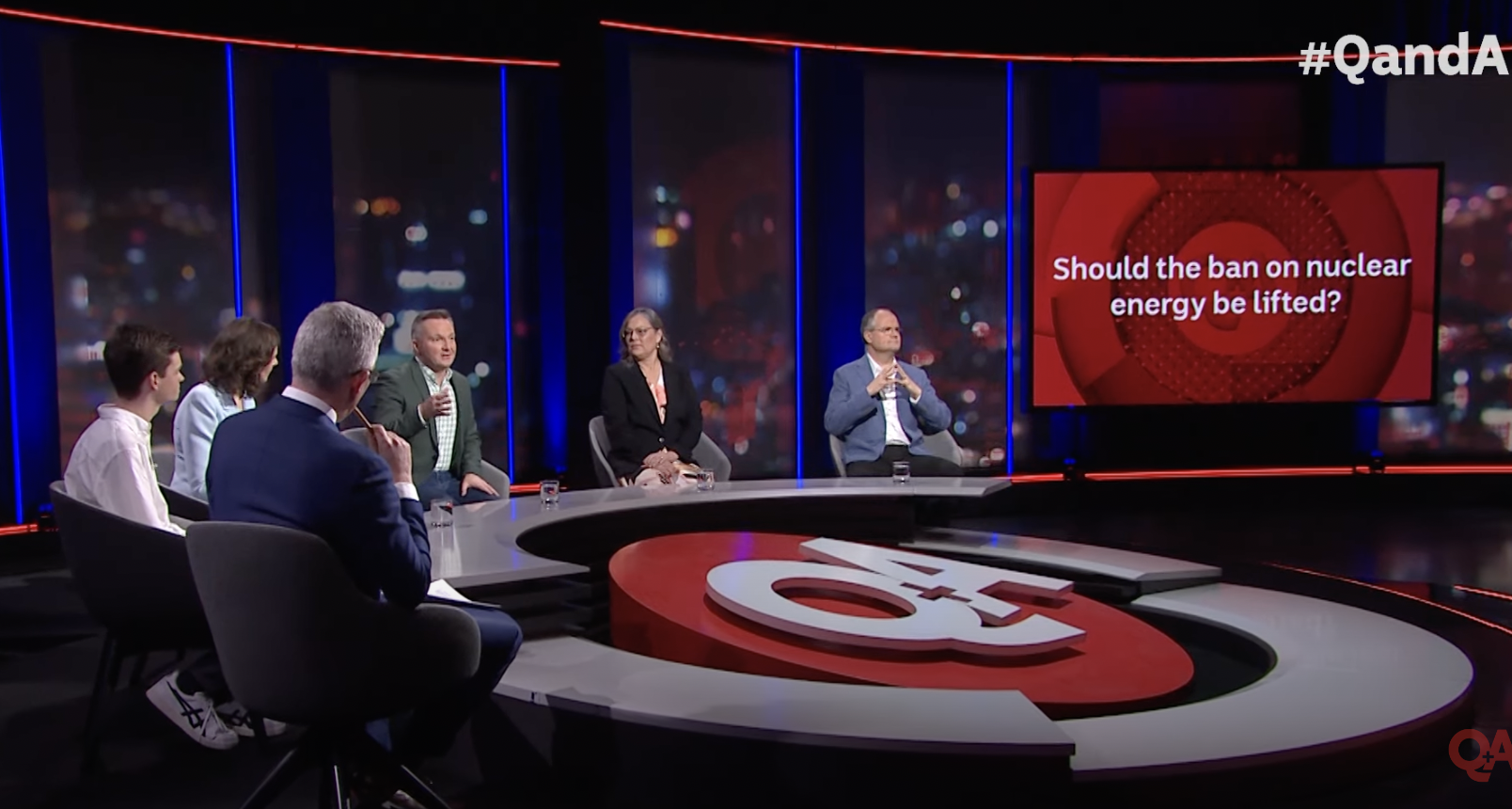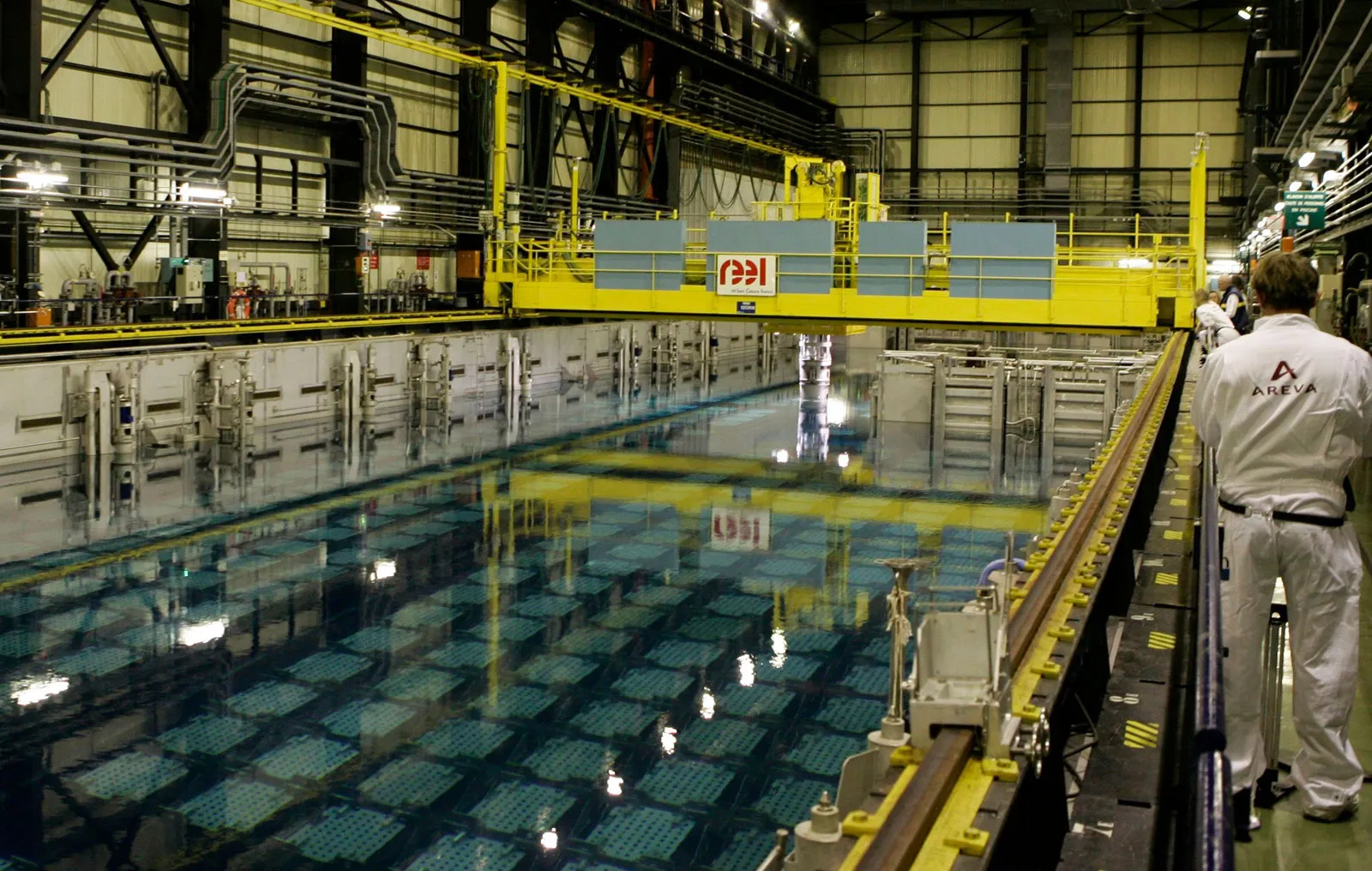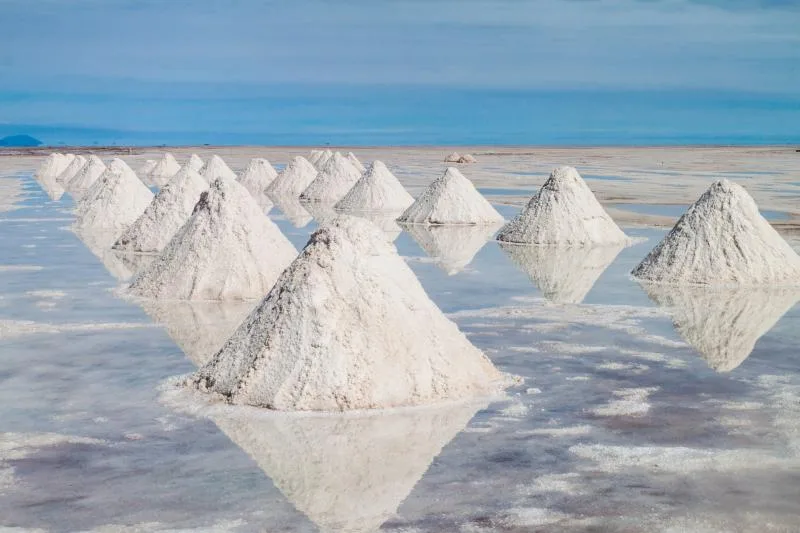Australia, known for its pragmatic and honest people, is in the midst of a political fight over the future of energy – with the centre-left ruling government refusing to embrace nuclear energy and uranium mining.
Meanwhile, the centre-right coalition opposition is now embracing nuclear – saying Australia must lift its decades-long ban on nuclear energy and embrace new technologies, such as SMRs.
Australia is a massive exporter of fossil fuels, sending billions of dollars in coal and gas each month to partners – mostly in the Asia-Pacific region.
Australian coal export revenue reached A$112B (US$174B) in 2021-22. LNG export revenue for 2023 is projected to be at least A$23B ($15B).
The exports of fossil fuels contribute significantly to the global energy supply. The exports are a major revenue source for Australian business, national GDP and government treasuries – particularly for Canberra, Brisbane (Queensland with large coal reserves) and Perth (Western Australia with large gas reserves).
While the nation is a fossil fuel powerhouse, Australia is also abundant in uranium resources, holding one-third of the world’s known reserves of yellowcake.
Yet politically, the government of the day for generations – both conservative and progressive – has often had an anti-nuclear bent.
The Australian Labor government is staunchly anti-nuclear. The Energy Minister there this week released an estimate that said replacing coal fire power plants with nuclear energy (in particular SMR technology) would cost US$250 billion.
Under one estimate reported by BloombergBNEF, Australia will need to invest US$1.9 Trillion in its energy sector to reach net zero by 2050, mostly banking on investments in wind and solar.
There is, however, no timeline or discussion on when Australia’s fossil fuel exports might end – if ever.
Australian governments across Federal, State and Territory jurisdictions are hyper-focused on building solar, wind, hydropower, and the dream of green hydrogen.
Nuclear and uranium are an afterthought.
One of the few developed nations in the world without a robust nuclear strategy, Australia has somewhat isolated itself from the new reality of nuclear energy globally.
While the rest of the world is investing in a renaissance of nuclear, Australia is dragging its feet – focused on old ideological battles.
The current national Energy Minister, Chris Bowen, calls nuclear energy a “major distraction.”
Hawke Hopes for Nuclear: The anti-nuclear sentiment from Labor is a different tune to one former Labor Prime Minister Bob Hawke had. The popular late PM was a known political pragmatist and a strong nuclear energy advocate in his later years.
Uranium Supply
Now the push is on for Australia to get serious about the uranium needed to supply global nuclear energy – a low-carbon solution to fossil fuels.
Western Australia, home to numerous uranium resources, is normally a pro-mining jurisdiction – however, on this topic, the government of the day is strictly against new u-mines.
Despite uranium prices spiking in recent weeks, the government there is not moved.
The powerful Minerals Council of Australia thinks this anti-uranium and anti-nuclear stance is unrealistic.
“In the Australian context, uranium should be considered a critical mineral for its role in medical and industrial isotope production,” said the MCA.
The Council has been lobbying the government in its submission to a government body, looking into classifications for various minerals needed for the green energy transition.
“Australia is the only OECD country with a ban on nuclear energy, Australia is missing an opportunity to value-add through conversion, enrichment and potentially fuel fabrication,” said the MCA.
“Doing so would reduce reliance on Russia and build linkages with strategic partners.” the MCA said.
Since taking power in 2017, the Western Australian Labor government has stipulated a “no uranium” condition on future mining leases.
However, Australian uranium companies continue to power ahead.
Deep Yellow Limited in Western Australia is working on the Mulga Rock project (which was approved by a previous conservative government) and is thus allowed to proceed with development.
Cameco, responsible for two projects in Western Australia in recent years and Toro Energy has seen mining approvals lapse, ABC reported in 2022.
The mining leases of other uranium hopefuls have lapsed and getting new ones approved by the WA State Premier and Cabinet is likely to prove impossible under the current point-of-view.
In South Australia, BHP operates the massive Olympic Dam project – which has provided some 6% of the world’s uranium supply since the late 1980s.
While the world must phase out coal and gas as soon as possible to transition to NetZero, it appears Australia is dragging its feet on both nuclear energy to reach targets and on mining uranium, so the rest of the world can.
The Australian addiction to fossil fuel exports as a source of national wealth is an inconvenient truth both sides of politics are perhaps reluctant to admit. Transformative change will come to Australia, but it won’t be easy.
A future pathway focused on supplying the world with NetZero critical minerals, such as uranium, lithium, copper, vanadium, REE and nickel awaits.
A debate on nuclear energy from Australia’s ABC TV:






